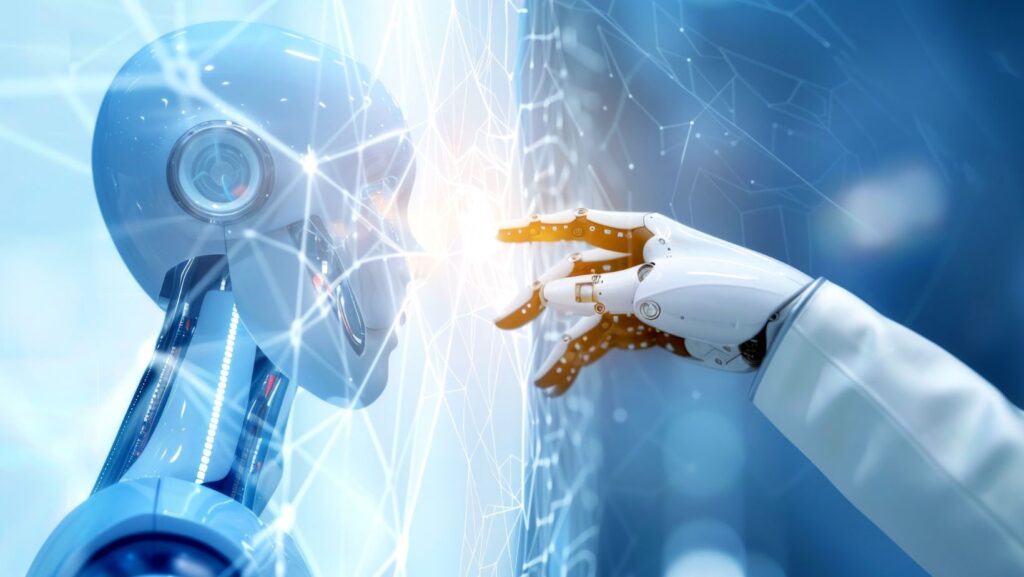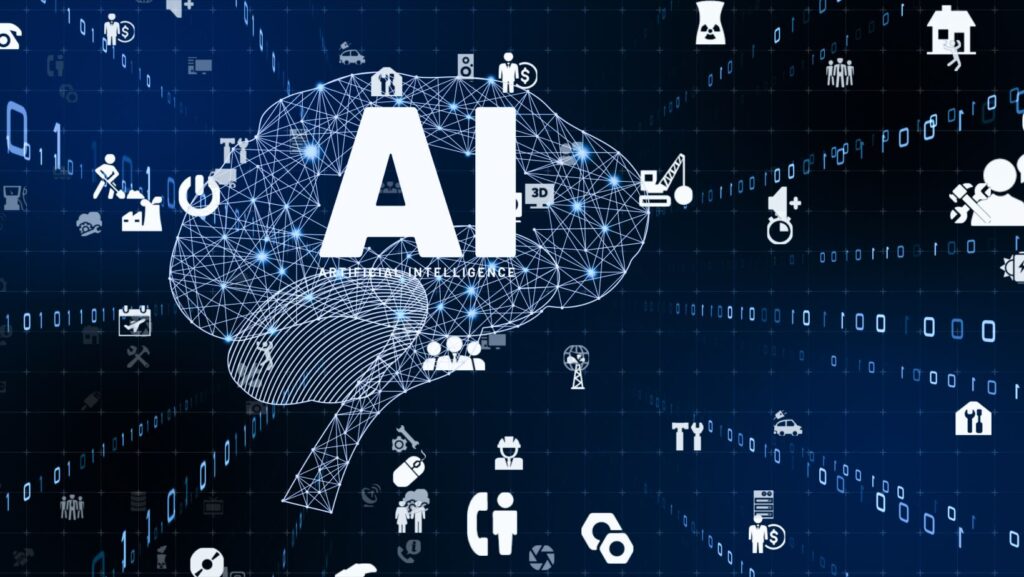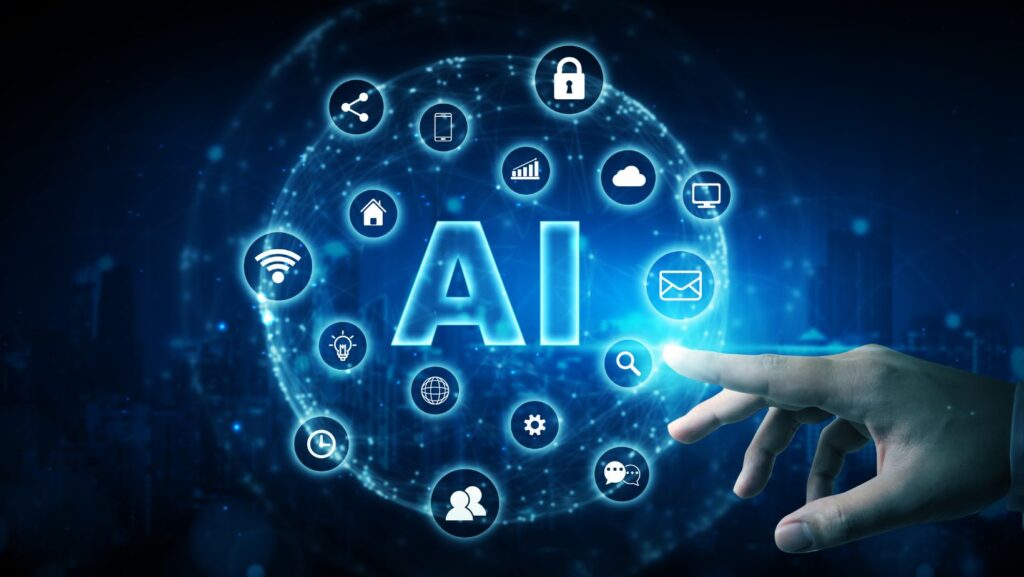Introduction: A New Creative Toolbox
Writers and artists have always chased after tools that help them create faster, better, or with a little more joy. Quills became pens, sketchpads turned into tablets, and now AI is creeping into that same toolbox. Some folks are excited, others feel cautious, but it’s hard to deny how quickly things are changing. If you’re curious, you can view the full tool list that lays out just how many of these resources are already available. And once you start scrolling through them, it’s easy to imagine how they could fit into your own work, whether you’re wrangling words or sketching characters late into the night.
AI as a Writing Companion
Picture this: you’re staring at a blank screen, coffee going cold, and not a single sentence wants to land. Frustrating, right? AI writing tools don’t fix everything, but they can toss out a line of dialogue, suggest a new plot angle, or even give you a rough draft paragraph just to break the silence. You’re still the storyteller—these tools just hand you a push when you’re stalled. And sometimes that push is all it takes. Think of it as a writing buddy who’s always around, even at 2 a.m., when your brain refuses to cooperate.
Bringing Stories to Life Visually
Artists are discovering something similar. Instead of redrawing the same character sketch in three different moods, AI can spit out variations in minutes. Want to see how your fantasy landscape looks with storm clouds rolling in? Or how a book cover might pop with a darker palette? These tools make it possible without draining hours on trial and error. But here’s the thing: they don’t replace the soul of your work. They just give you more starting points. The brushstrokes, the textures, the emotion—that’s still you.
Lowering Barriers for Independent Creators
Not everyone has a big budget or a team of professionals at their side. And honestly, that’s where AI feels the most groundbreaking. Independent writers can clean up drafts without shelling out for multiple rounds of editing.

Freelance illustrators can test out cover ideas before committing to a design. It doesn’t mean the human touch is optional—it just means more people can actually get their projects into the world. For a lot of creators, that’s the difference between shelving an idea and finally pressing publish.
Collaboration, Not Replacement
There’s a lot of chatter about AI stealing jobs, but the reality on the ground looks different. Most people who use these tools see them as assistants, not threats. You might let an AI help with your first draft or early sketch, but it’s still your choices, your revisions, your heart that carry the project through. Think of it like a helpful intern—great for the busy work, but not the one signing off on the masterpiece. That perspective keeps the balance right where it belongs: humans leading, tech supporting.
The Ethical Side of AI Creativity
Of course, it’s not all smooth sailing. There are questions that linger, and they’re important ones. If an AI system is trained on thousands of existing works, who really owns the final product? And can something created with machine help ever be called original? Those aren’t questions with quick answers. Right now, most creators are experimenting cautiously—using AI to brainstorm or rough out ideas, but making sure the finished work feels undeniably theirs. It’s a middle path, and for many, it’s the one that keeps the craft intact while still exploring what’s new.
Building a Workflow That Works for You
Here’s the fun part: there’s no rulebook for how to use these tools. Some writers spend ten minutes brainstorming with AI, then set it aside and dive into their own words. Some artists generate a handful of AI-assisted variations, then choose one to fully develop by hand. The point isn’t to follow a formula—it’s to figure out what feels natural in your routine. That flexibility is what makes AI interesting. It doesn’t have to be all-or-nothing. It can just be one more brush, one more pen, one more piece of the kit you reach for when you need it.
Conclusion: Expanding, Not Replacing Creativity
At its heart, creativity is still very human. People connect with stories because they carry lived experiences, and they connect with art because it reflects emotions they’ve felt but couldn’t put into words. AI can’t give you that.

What it can do is make the journey a little less lonely, a little faster, and maybe even a little more fun. These tools aren’t here to take over—they’re here to widen the canvas. And the best part? You still get to decide what to paint on it.
